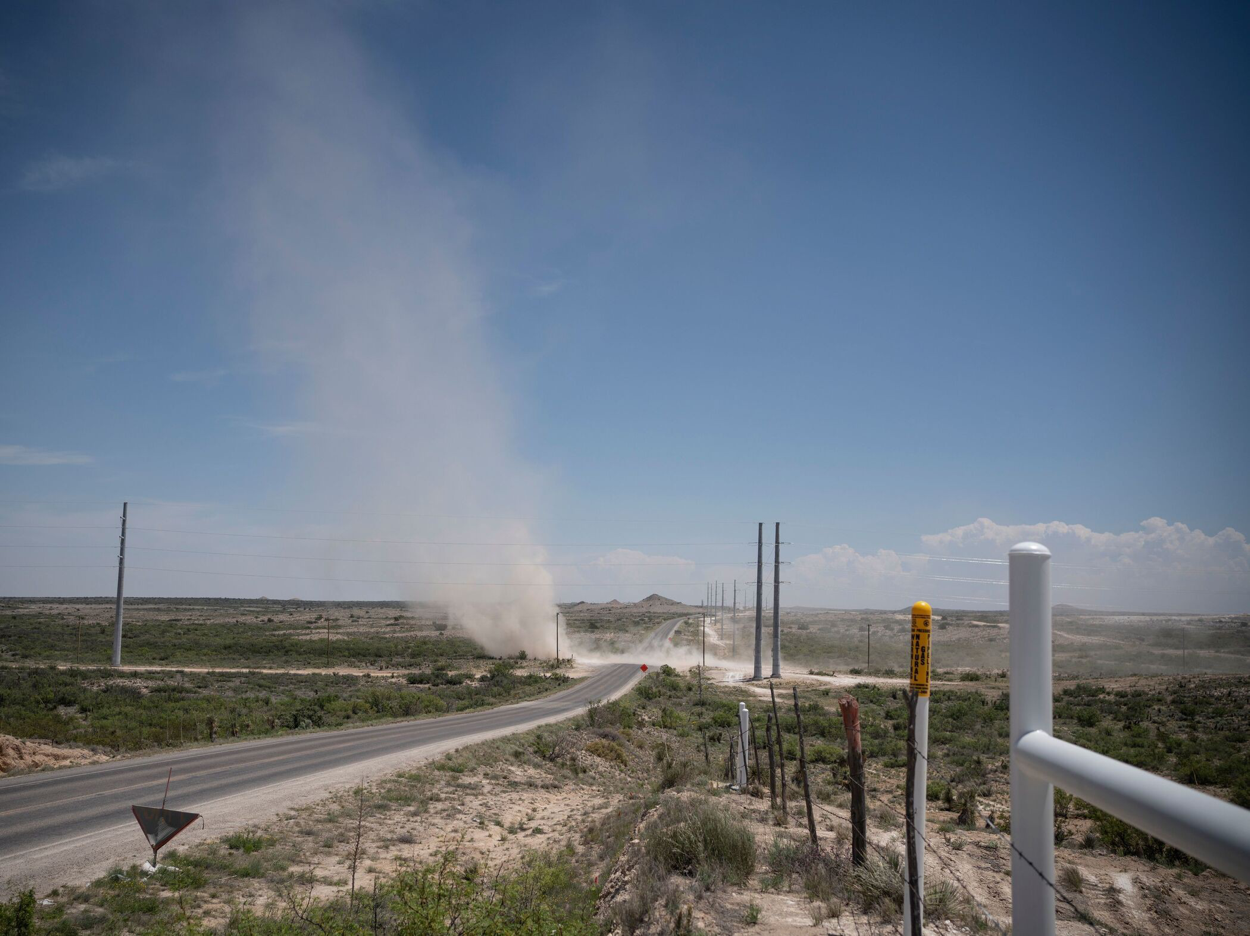Harvard University’s endowment, currently valued at a jaw-dropping $50.9 billion, has been the largest among academic institutions for more than 35 years. But the University of Texas is nipping at its heels.
The University of Texas hopes to regain the top spot it relinquished to Harvard in 1986. According to new data, it now has a $42.3 billion endowment, thanks in part to royalties it makes from oil and natural gas. The university owns more than 2 million acres of land in West Texas.
“It’s about three times the size of Rhode Island,” says Ray Perryman, an economic consultant based in Waco, Texas. “It’s a very big expanse of land.”
“Production has gone up significantly in recent years, and as a result, the lands are now able to literally generate hundreds of millions of dollars a year in endowment for the university systems,” Perryman says. The University of Texas and Texas A&M split the proceeds.
That income was a ballast during a recent difficult period, when the stock market sank by more than 10%. According to the consulting firm Cambridge Associates, in fiscal year 2022, academic endowments had the lowest median return since fiscal year 2009. In recent years, endowments have been investing heavily in riskier assets, including private equity and venture capital funds, hoping to maximize their returns.
After Russia launched its invasion of Ukraine, oil prices spiked to more than $120 per barrel.
“In a lot of ways, the University of Texas is more like a sovereign wealth fund for a place like Norway,” says Charlie Eaton, a sociology professor at the University of California, Merced who studies college endowments.
Yes, the University of Texas is invested in stocks and bonds and more complicated financial instruments, like its rivals. But those schools have wound down their investments in natural resources, traditionally seen as an inflation hedge.
For many years inflation was low and not a major concern. And colleges and universities faced a lot of pressure from students and alumni to divest from fossil fuels.
There can be a tradeoff to doing that, according to Chris Brightman, who used to run the University of Virginia’s endowment.
“When one narrows the opportunity set in pursuit of an objective other than the best risk-adjusted returns, there are going to be, over the long run, some costs,” he says.
Put more simply, if your goal isn’t just to make the most money possible, you may make less money.
Harvard’s endowment shrank by just over 2% — more than $2 billion — in fiscal year 2022, which ended in June.
In his annual report, Narv Narvekar, the CEO of the Harvard Management Co., noted “a number of institutional investors leaned into the conventional energy sector.” But Harvard did not, he continued, given its “commitment to tackling the impacts of climate change.”
Fossil fuels aren’t forever
According to Margaret Chen, who runs Cambridge Associates’ endowment and foundation practice, colleges and universities are figuring out how to transition away from traditional energy.
“The thing about divestment from fossil fuels is it’s important, and it’s a continuing trend,” Chen says.
It is possible to have a diversified portfolio that performs well that does not include fossil fuels, Chen says.
And that is an admirable goal, according to Eaton, who believes it makes sense from a moral standpoint and a fiduciary one.
“One thing to remember is endowments are really managed to grow as much as possible in the long run,” he says. “And in the long run, our economy is only going to thrive as a fossil fuel-free economy.”
That may seem pretty far off, but Texas is preparing for that, too, taking steps to make sure its land holdings remain useful.
As energy companies continue to pump millions of barrels of oil and gas from that land in West Texas, they are also recognizing it is a great place to harness energy from the wind and the sun.
Copyright 2022 NPR. To see more, visit NPR.




